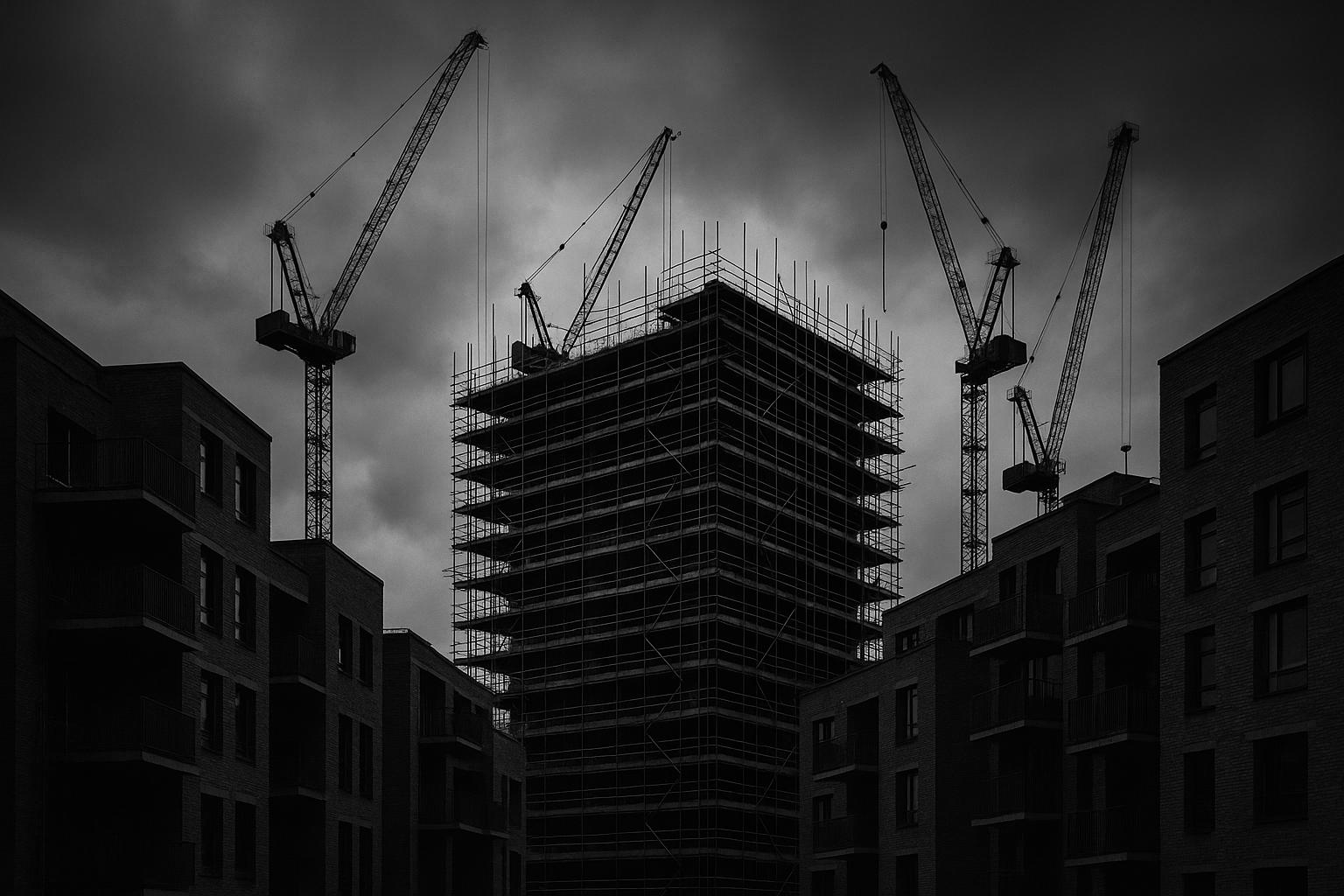Mayor Sadiq Khan has acknowledged that London's housing crisis remains a formidable challenge, despite ongoing efforts to address it. Recently, Khan welcomed the UK Government's commitment to collaborate on establishing the City Hall Developer Investment Fund, an initiative intended to unlock further housing developments across the capital. This announcement signals a continuation of efforts to boost the city's housing supply and tackle affordability issues.
Despite these steps, London’s housing situation remains critical. In late 2024, Khan described the housing market environment as being as difficult as during the 2008 global banking crisis. He highlighted that elevated interest rates, rising costs of construction materials, and the enduring economic impacts of Brexit are exacerbating the difficulties of building new homes. Furthermore, London’s exorbitant house prices—averaging 14 times the typical household income—underscore the severity of the affordability crisis. Khan has been vocal in dispelling misconceptions that blame individual lifestyle choices, such as spending on ‘flat whites or Netflix,’ for the housing shortfall, emphasising instead the structural nature of the problem.
However, Khan’s administration has faced criticism for struggling to meet its ambitious housing targets. Reports from late 2023 indicated that the Mayor was falling short of the pledged annual delivery of 52,000 homes, with actual completions averaging around 36,000 units per year. Various factors contribute to this shortfall, including increased construction costs, interest rate hikes, and bureaucratic hurdles within the planning system. Moreover, critics argue that Khan’s focus on ‘affordable’ housing, while well-intentioned, may be overly restrictive and inadvertently hamper the broader expansion of housing supply. It is also noted that although Khan has significant powers to promote housing development, control over planning permissions remains predominantly with London’s 32 boroughs, which limits the Mayor’s capacity to directly influence building approvals.
In response to the housing and homelessness crises, Khan has unveiled several initiatives aimed at providing immediate relief and long-term solutions. In May 2025, he launched an ambitious plan to end rough sleeping by 2030, which includes refurbishing up to 500 empty homes and creating new support hubs and prevention services. Additionally, Khan has introduced the Council Homes Acquisition Programme (CHAP) to tackle the social housing shortage. This programme seeks to empower local councils to purchase private homes, aiming to add 10,000 affordable homes over the next decade. The urgency of these measures is underscored by the fact that a record 170,000 Londoners, including 83,000 children, are currently housed in temporary accommodations.
Looking back, Khan’s strategy to address London’s housing crisis has always recognised the need for significant government investment and systemic change. As early as 2017, he argued that London required a major and sustained programme to build 66,000 homes annually, with a substantial majority being genuinely affordable. Nevertheless, the persistent gap between targets and delivery reveals the complex interplay of economic, political, and structural factors continuing to impact London’s housing market.
The path to resolving London’s housing crisis remains fraught with challenges, requiring coordinated efforts from City Hall, local councils, and the national government. While new financial tools and programmes offer hope, critics and experts alike caution that only a more flexible, broad-based approach, alongside tackling planning and cost barriers, will enable the capital to meet its ambitious housing goals and truly improve affordability for Londoners.
📌 Reference Map:
- Paragraph 1 – [1]
- Paragraph 2 – [2], [1]
- Paragraph 3 – [3], [4], [2]
- Paragraph 4 – [5], [6]
- Paragraph 5 – [7], [3], [4]
Source: Noah Wire Services
